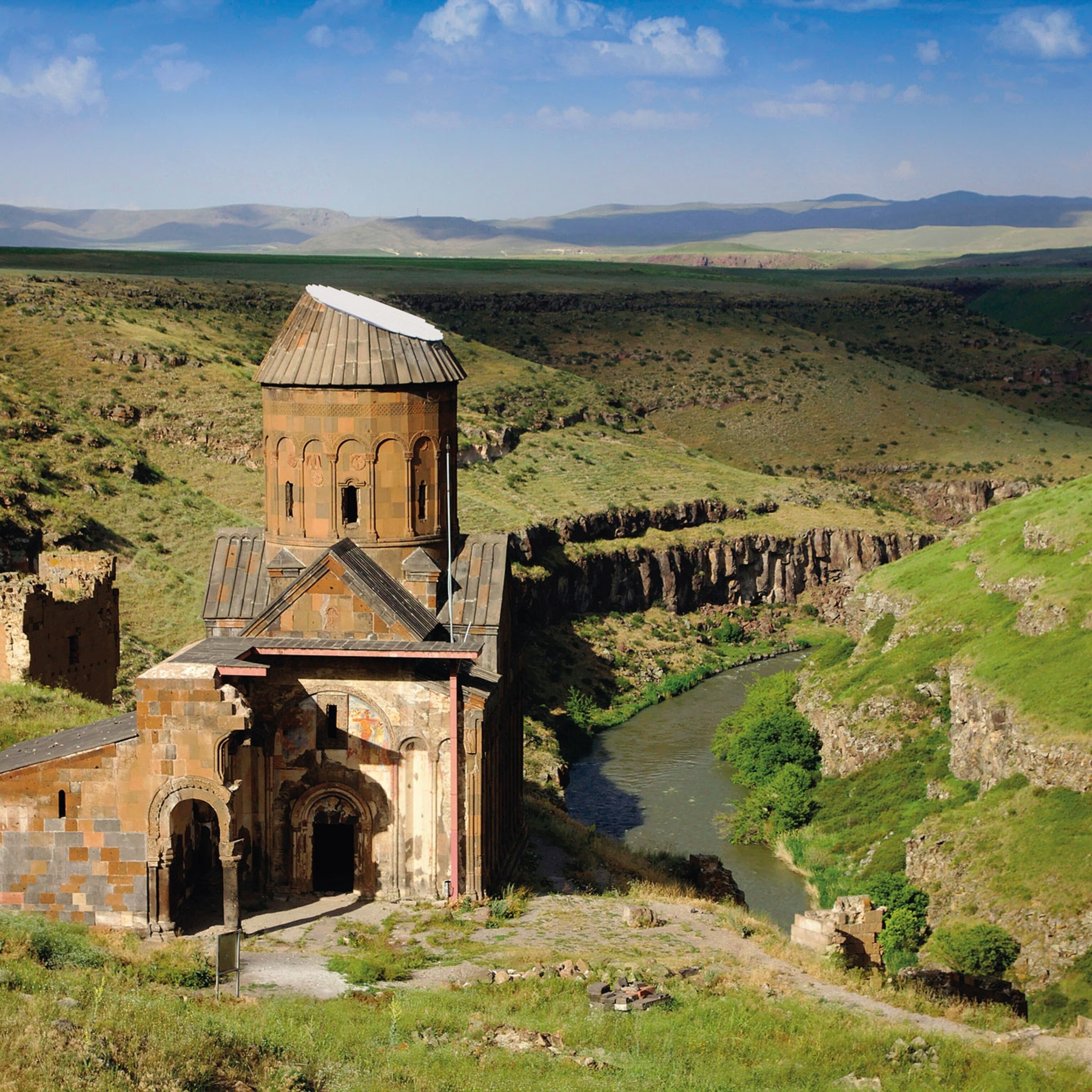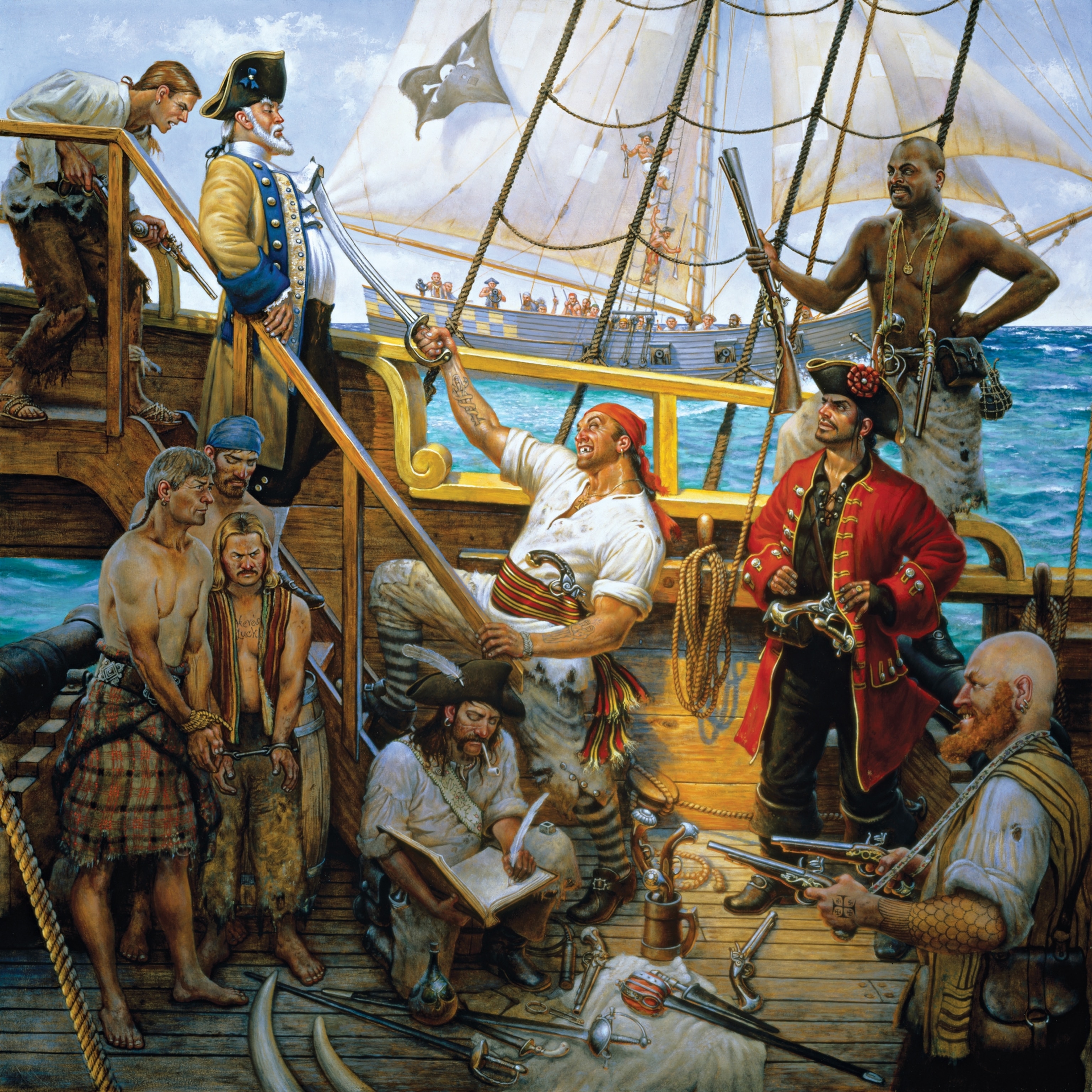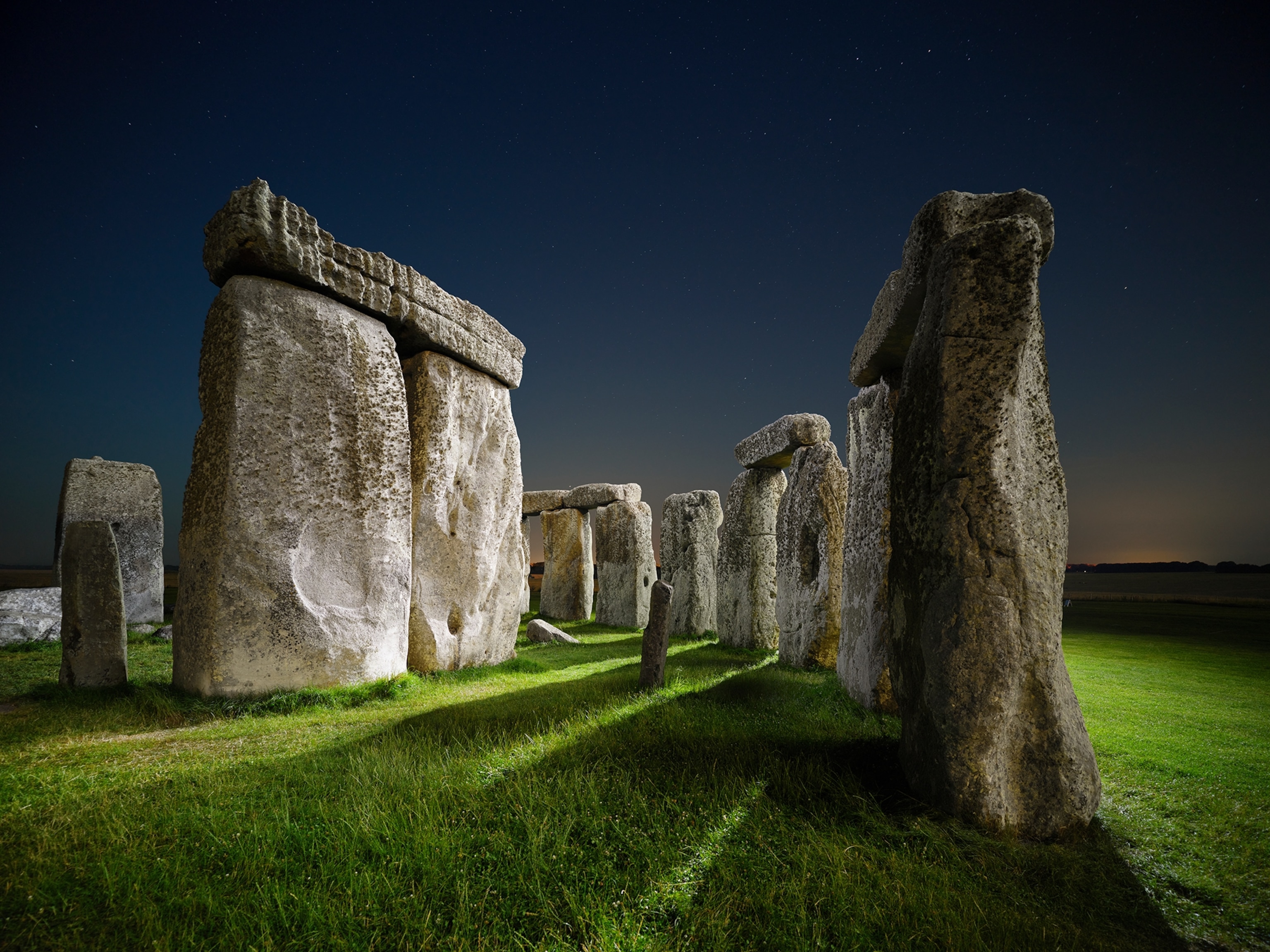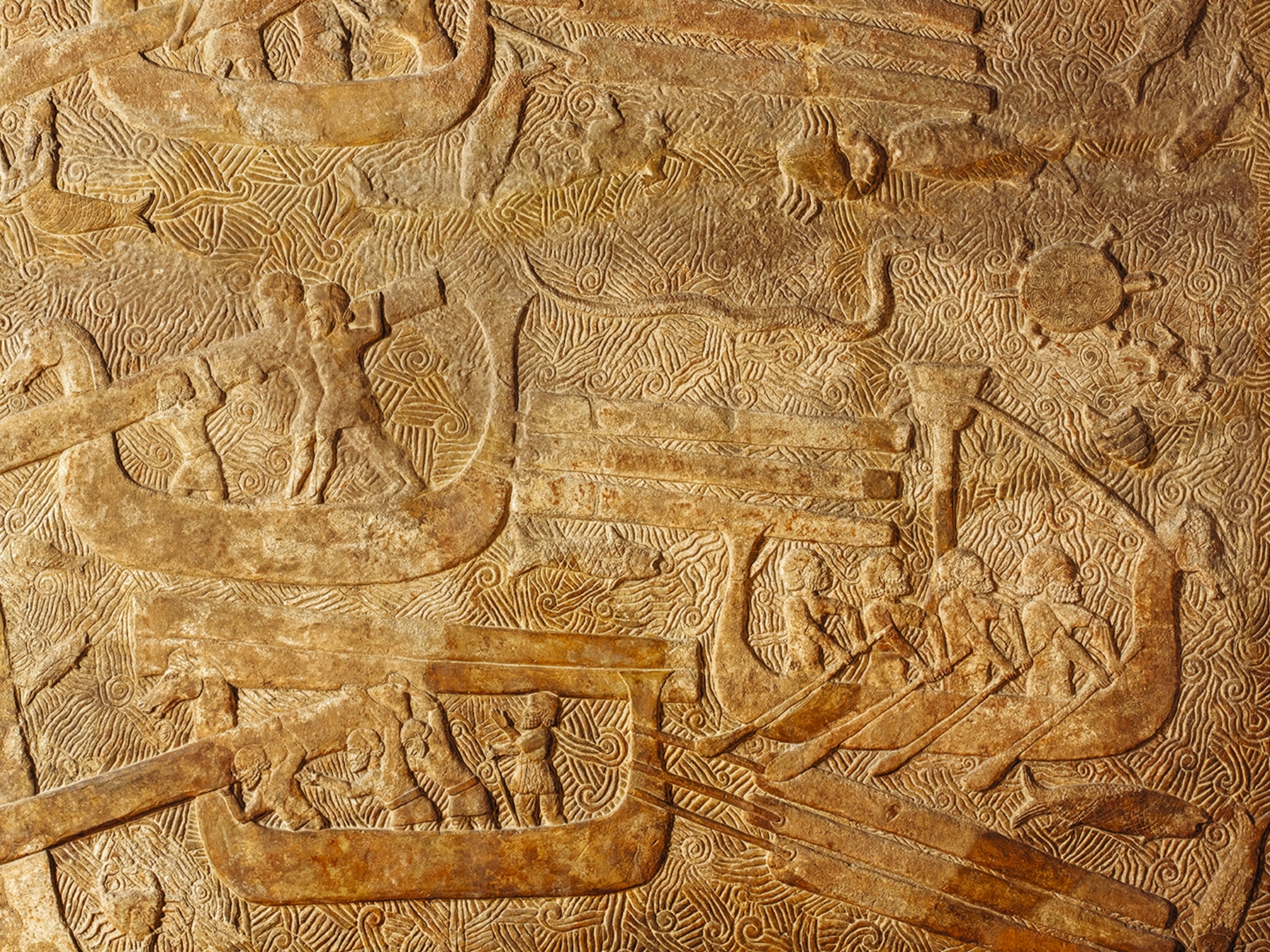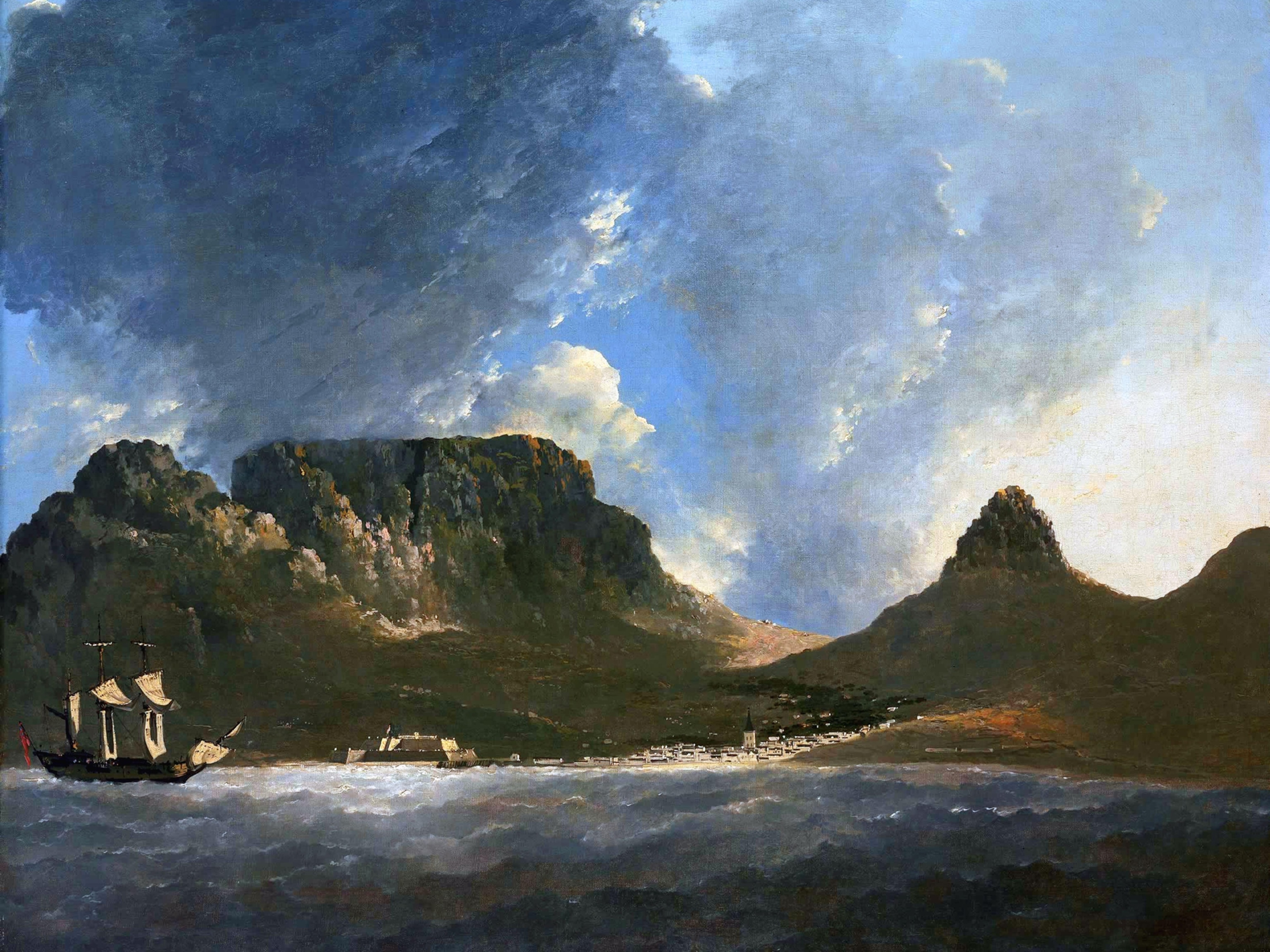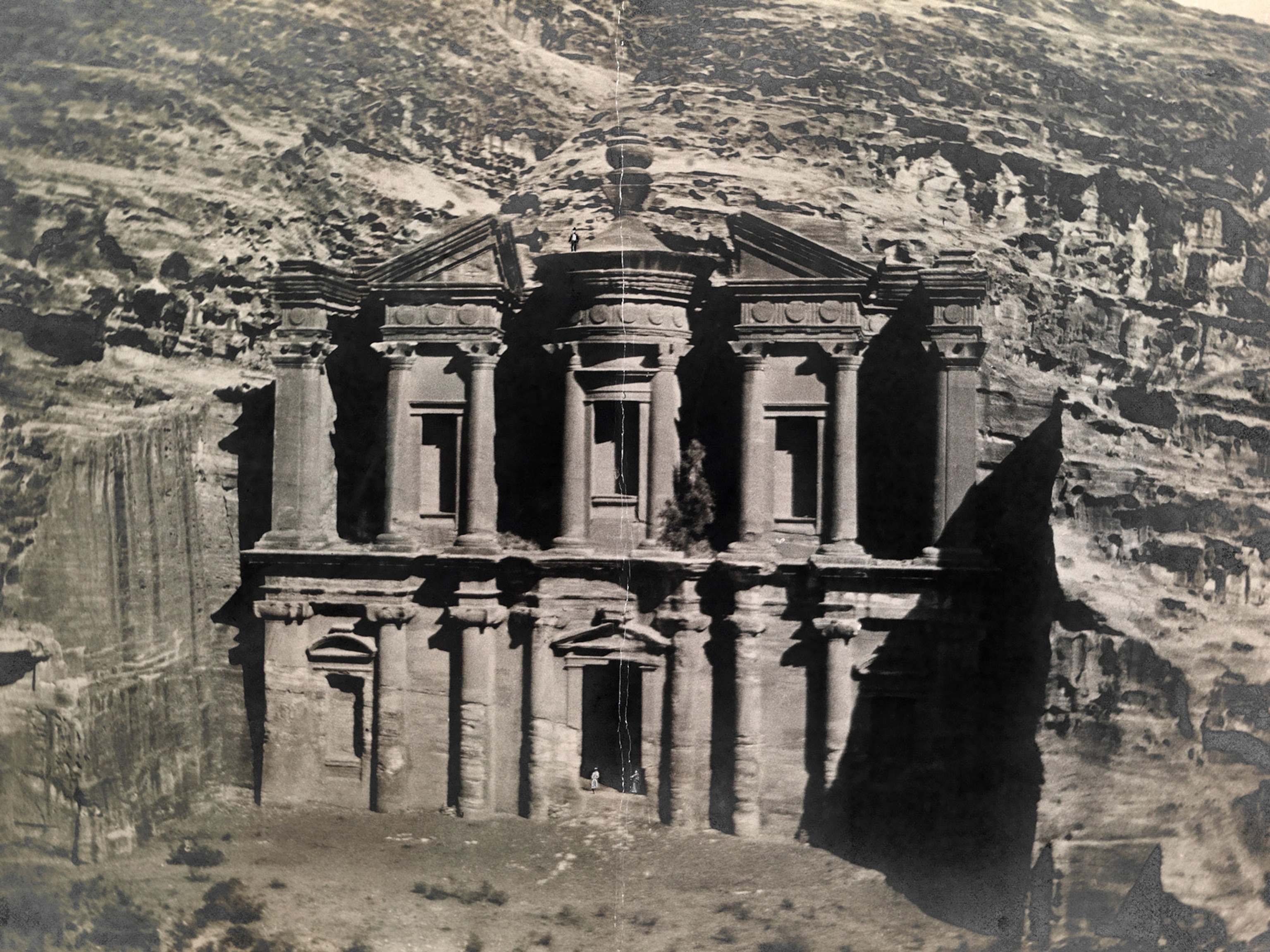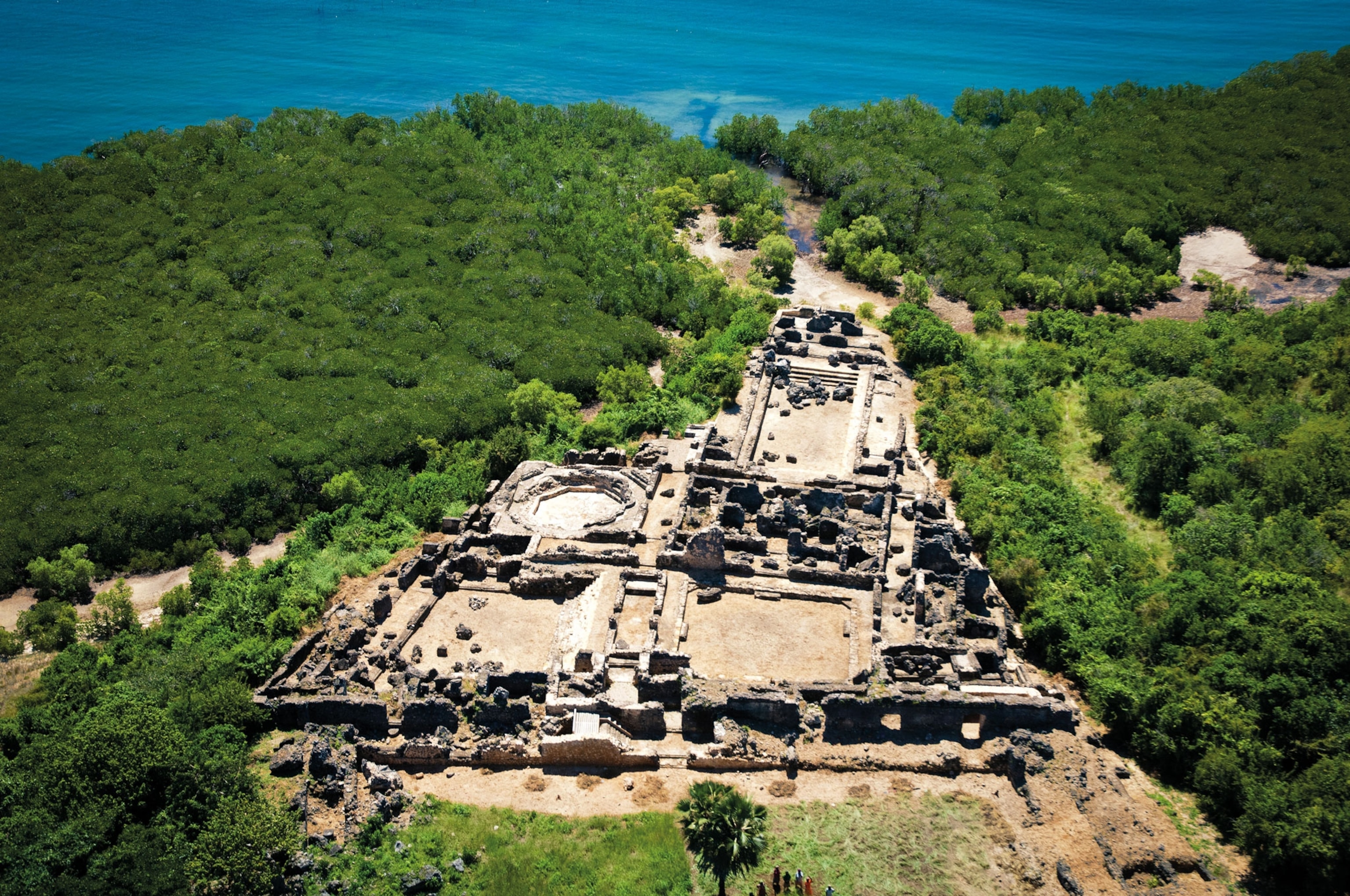
This abandoned East African city once controlled the medieval gold trade
A product of African, Arabian, and Persian cultures, Kilwa was an economic powerhouse that oversaw the flow of gold from its place on the Swahili Coast.
Spectacular ruins cluster on the island of Kilwa Kisiwani, more than a mile from the coast of modern-day Tanzania. The remnants of a palace and a great mosque, built partly of coral stone, are reminders of the time when the gold trade of east Africa flowed through this tiny island.
During its medieval heyday, Kilwa was the principal port in a string of coastal trading cities that formed along what became known as the Swahili Coast. Swahili is derived from an Arabic word meaning “coastal dweller” and became the name for the regional language.
The local inhabitants, descendants of the Bantu people, blended their mother tongue with adopted words from Persian and Arabic. Arabian and Persian customs are also reflected in the architecture, art, and religion of Swahili culture. All bear strong imprints of the intermingling elements among these peoples.
The connections between the Swahili coast and the Islamic world would later play into 19th-century European colonialist views of sites like Kilwa. Convinced of the “inferiority” of Africans to non-Africans, European scholars, like the British explorer Richard Burton, who visited Kilwa in 1859, believed that the indigenous African culture was incapable of developing stone-built cities. Kilwa, he and others claimed, must have been entirely the work of outsiders.
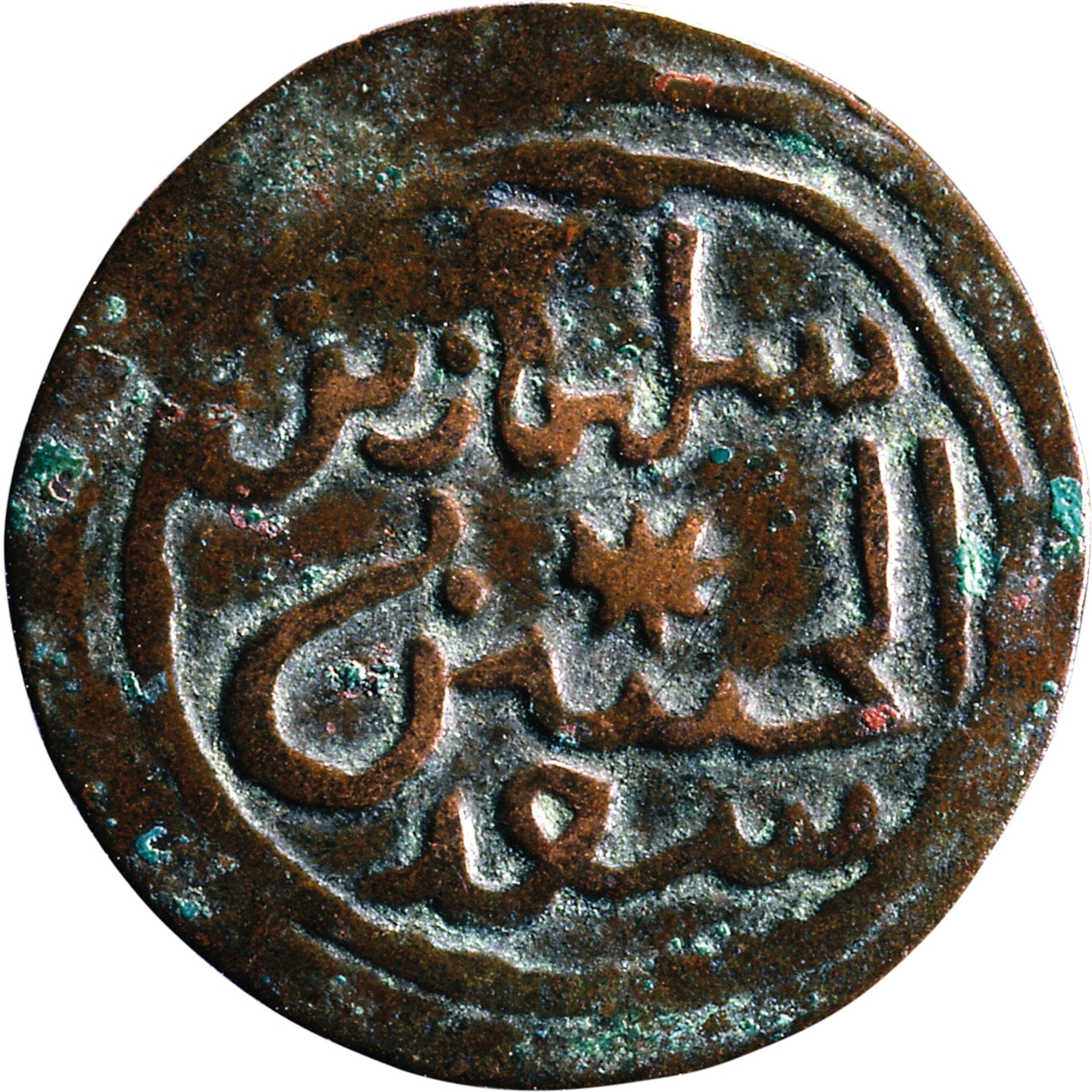
Recent archaeological discoveries have shown that the reality was more complex. Kilwa and other trading cities of the Swahili coast grew out of a complex mix of influences, starting on a strong foundation of local East African tradition.
Sifting the chronicle
The first significant archaeological excavation in Kilwa lasted from 1958 to 1965. It was directed by British archaeologist Neville Chittick, who revealed a history that overturned the colonialist “outsider” theory.
Chittick concluded that the majority of Kilwa’s population was African. Some of the elite often had origins in the Islamic lands on the other side of the Indian Ocean, but Chittick found evidence to suggest that the island’s rulers did not hail directly from those lands. They belonged to Afro-Arabian families established for generations in Africa.
As an aid to dating the various phases of Kilwa’s history, Chittick relied heavily on the Kilwa Chronicle, a medieval genealogy of the city state’s kings. This text, together with the site’s material culture such as coins, pottery, and other artifacts, enabled Chittick and later scholars to piece together Kilwa’s rich and complex history.
Fruitful trade

Portuguese chronicler Gaspar Correia, writing in the early 16th century, described Kilwa as a large city encircled by walls: “Within these there are perhaps 12,000 inhabitants. The country all round is very luxurious with many trees and gardens of all sorts of vegetables, citrons, lemons, and the best sweet oranges that were ever seen.”
Rise of the Swahili
The island of Kilwa was settled as early as the fourth century. In the eighth century the blended Swahili culture began to take shape and united the African coast from Somalia in the north to Mozambique in the south. Small-time Swahili traders started to see possibilities for more grandiose trade operations. As Muslim traders began to flow in and out of the region, Islam began to gain a foothold. The first mosque on Kilwa has been dated to around A.D. 800.
Kilwa’s rise to power dawned with the founding of the Kilwa sultanate. The dynastic founder was, according to the Kilwa Chronicle, an 11th-century adventurer, Ali ibn al-Hassan Shirazi, whose name suggests he originated from Shiraz in Persia. In line with Chittick’s view, historians now believe he was probably born into an established African family who had Persian roots. (Under Cyrus the Great, Persia ruled from Europe to India.)
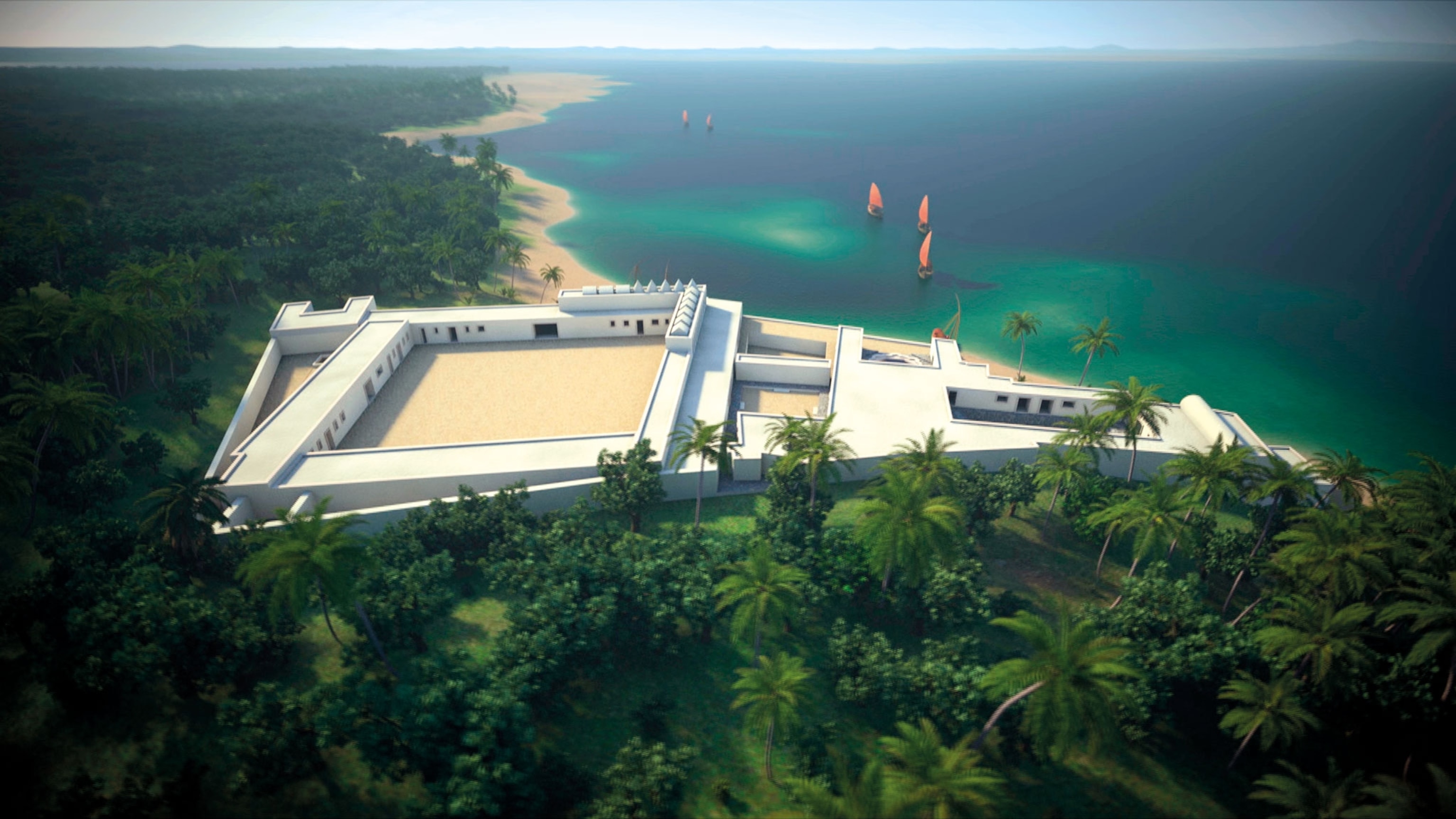
Under Ali and the Shirazi, Kilwa started to rival the preeminent trading center of Mogadishu, far to the north. Already growing wealthy from trade in ivory and tortoise shell, Kilwan rulers began to eye the most lucrative commodity of all—gold.
Flowing out of the interior of southern Africa, gold had been traditionally traded out of the port of Sofala, located in today’s Mozambique. Starting during the Shirazi’s rule, Kilwa started to extend its influence to control Sofala as its southern outpost.
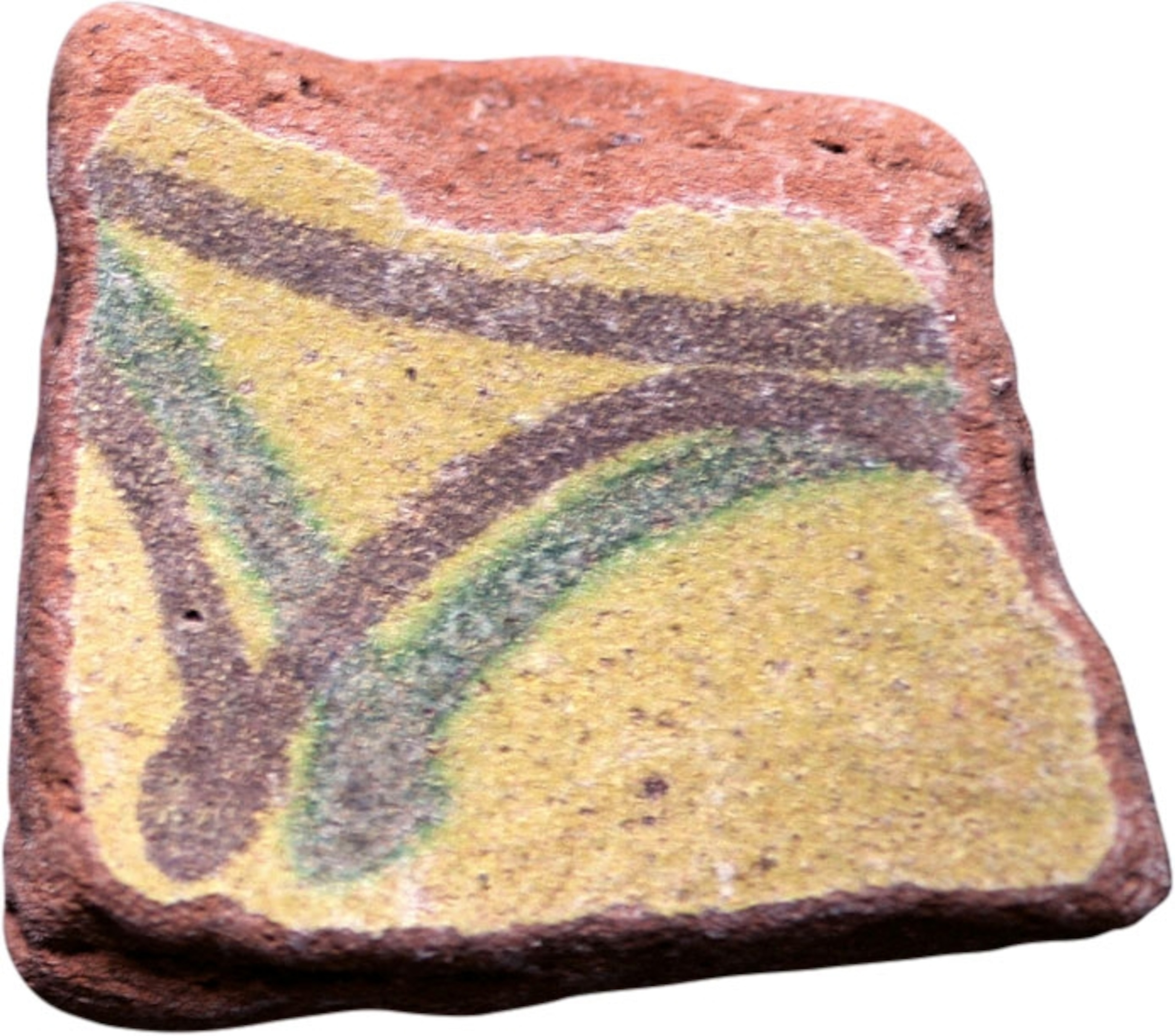
From the late 1200s, another Afro-Arabian dynasty, the Mahdali, took over the Kilwa Sultanate. Consolidation of economic power continued until the entire East African gold trade came under Kilwan control.
Dhows, the sailing ships characteristic of East Africa, set out from Kilwa and Sofala laden with gold, grain, wood, and ivory. They were driven by the monsoon winds across the Indian Ocean to India and China, as well as to Arabia and Persia. Europe’s growing dependency on hard currency also drove demand for Swahili gold.
In return, Kilwa imported cotton, ceramics, Chinese porcelain, and silk. As it grew rich, the city started to mint its own coins. Elaborate structures arose around the city, built using the island’s distinctive coral stone.
Collected from local reefs at low tide, the coral was worked into blocks while still soft and then cemented together with mortar. The interior walls would be smoothed, plastered, and sometimes decorated with embedded colorful fragments of glazed ceramics or Chinese porcelain, which have helped archaeologists when dating them. (Archaeologists uncovered bones belonging to the oldest tsunami victims in East Africa.)

The Great Mosque, begun in the 11th century, was expanded and beautified in the boom years that extended from the 12th through to the 15th century. The sprawling 14th-century palace of Husuni Kubwa combined the roles of a fort, a castle, and a warehouse.
The palace’s architectural features are reminiscent of Abbasid Iraq, a cosmopolitan splendor that deeply impressed visitors. Historical accounts say that Chinese naval explorer Zheng He traveled to the Kilwa Sultanate and the Swahili coast between 1405 and 1433 on his famous Seven Voyages. When 14th-century Muslim traveler Ibn Battuta visited Kilwa, he described it as: “one of the most beautiful towns in the world.”
The sultanate falls
In the early 16th century, Portugal was looking to colonize the valuable regions along the Swahili coast. In 1505 Francisco de Almeida occupied Kilwa, bringing the sultanate to an end after it refused to pay tribute. In the years that followed, Portugal captured swathes of East Africa and west India to control the lucrative Indian Ocean trading routes. In their new colony of Kilwa, they built the Gereza, a military fort to protect the port. One of its towers still stands. (Tanzania's largest city is rapidly expanding. Here's how its planners are trying to keep up.)
In the early 1700s Portuguese colonies were invaded by the Sultanate of Oman, which rapidly occupied the East African coast. It was not enough to restore Kilwa to its former glory. The city was abandoned by the mid-19th century, but archaeological interest revived its fortunes. Declared a World Heritage site by UNESCO in 1981, Kilwa’s ruins stand today as testimony to the robust Afro-Arabian culture that bloomed centuries ago.

